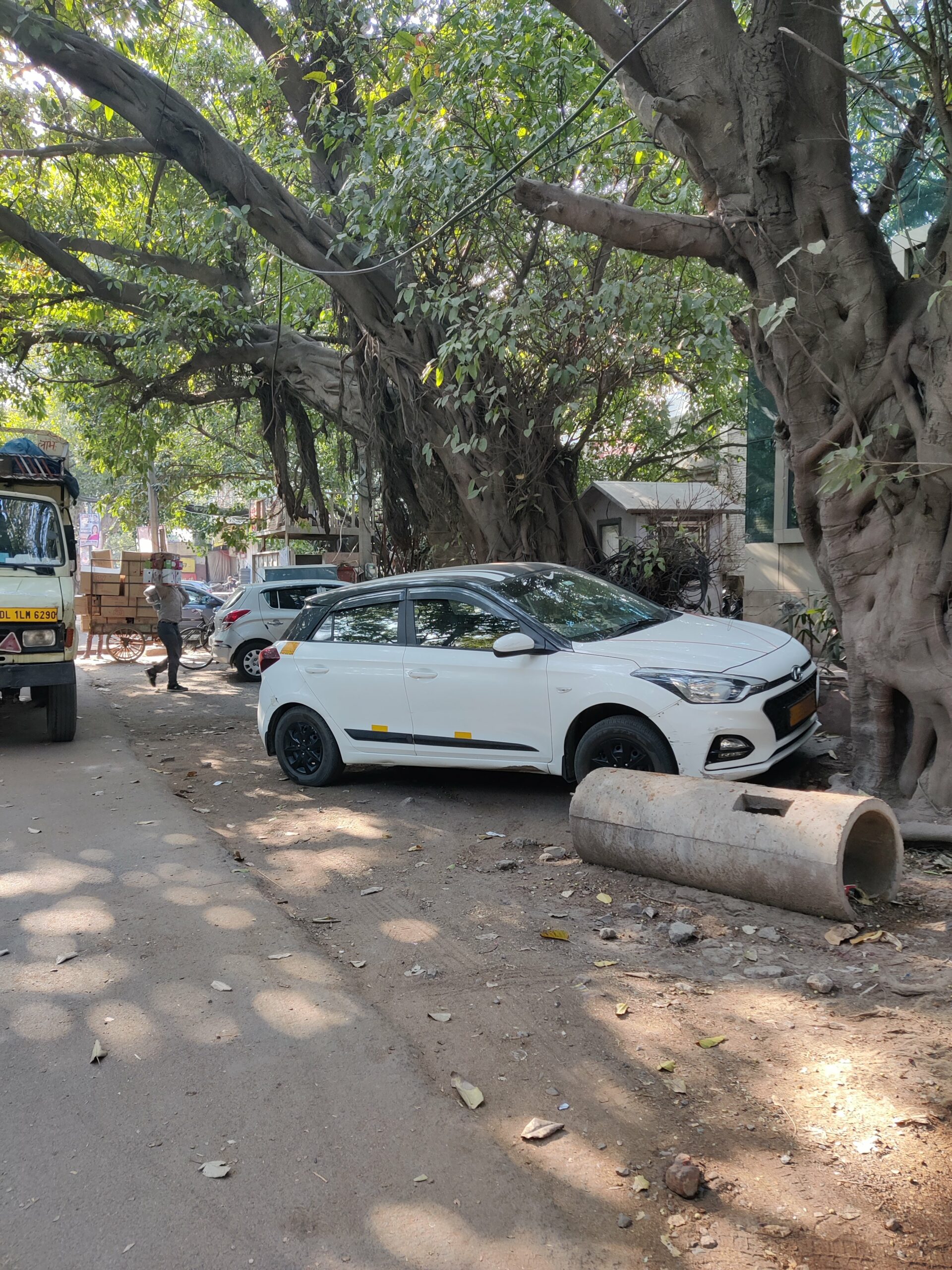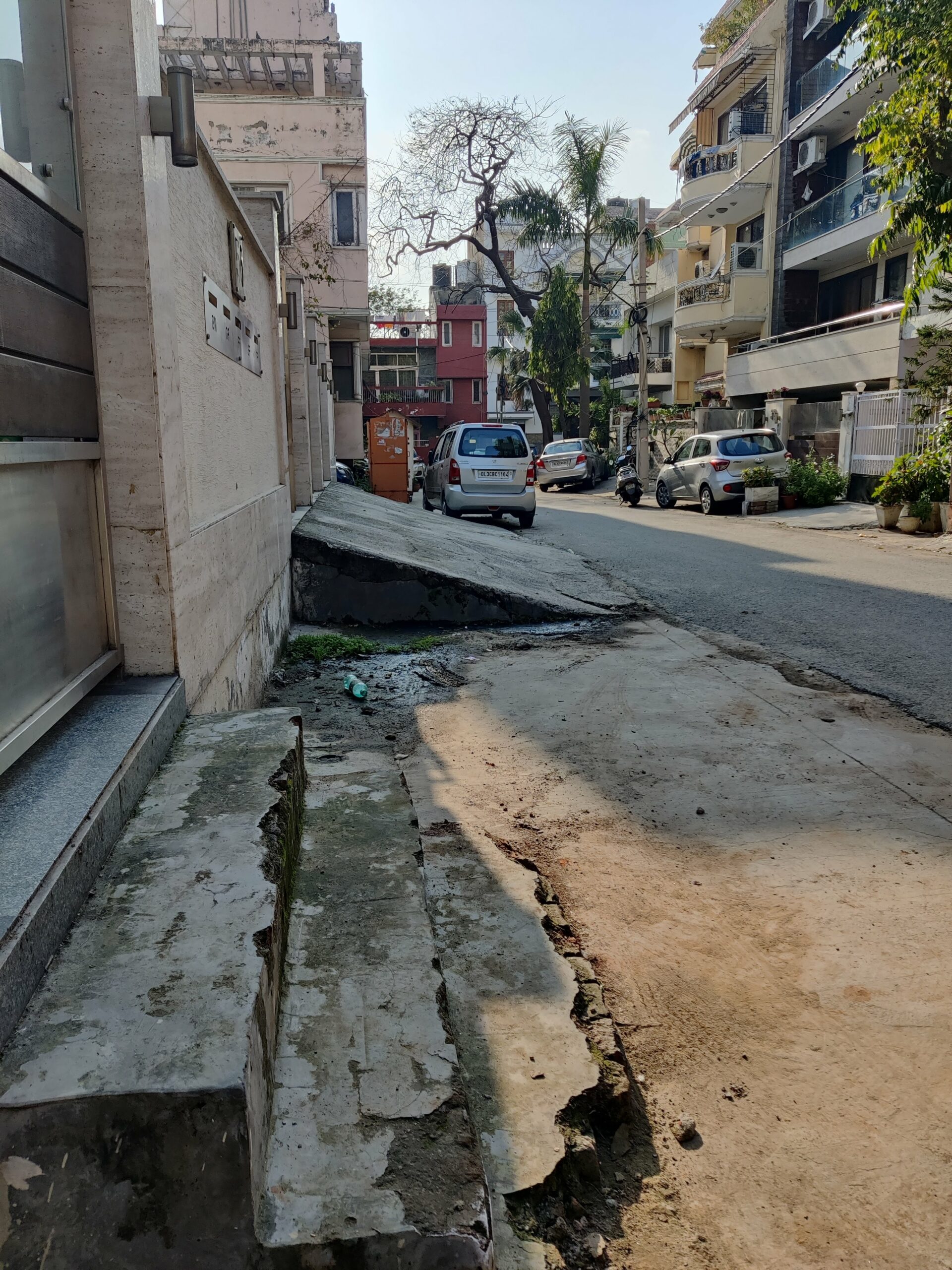PEDESTRIAN ACCESS : WALK FOR BETTER CITIES
by Ar. Tarun Walecha
THE POINT OF VIEW
When it comes to the development of a country, we analyze it with various parameters such as GDP, per capita income, inflation index, etc. The narrative is also supported with the help of the stock market index, rupee versus dollar value, and other financial pointers. In schools and colleges, we all learn sociology, but unfortunately at the administration level, we become ignorant of its vital role in economic growth.
As architecture students, we study “work home” and other such theories of interconnectivity and zoning for urban planning. Accessibility to work and location of CBDs in a similar context are the basic principles that we learn. Despite it all, we often tend to miss out on the ease of access which turns out to be the real deal-breaker. While we do see well-planned roads and meticulously demarcated access paths on the drawings, in most cases on-ground the roads disappear into multiple occupancies, and pathways become non-existent.



WHERE DOES IT ALL BEGIN
Let’s take a look at our behavioral pattern to understand the other side of the problem. How many of us walk out of our homes for a quick grocery pick up, out of our offices on a lunch break, or walk to the neighbourhood juice bar or a snack point? Is it because we desist walking? It doesn’t seem so as most of us walk a lot when it comes to it. Some examples of our walking pattern are the morning schedule for some, or daily commute when we travel abroad. So what is it that prevents us from taking that stroll in our everyday life? Why shouldn’t we step out and walk down a couple of streets to run errands? Why should we hesitate to park our cars a few blocks away from our destination? The weather could be one issue, but that’s a limited concern. All we need is a nice, safe, and spacious walkway to stroll down that path. What is ailing our walkways, is not just their inadequateness but also the lack of them. In the most developed part of the cities, there’s barely a stretch of 100m at a go which we can find to walk unhindered. And even if we do, it won’t have a seamless transition to let us keep moving ahead. Most often the pathways are found to be broken, encroached, or encumbered.
LET’S TAKE THAT WALK
By taking a walk to run errands or for leisure, we won’t only adopt a healthy lifestyle but will also experience our cities better. It’ll boost our economy by supporting businesses en route and also help in arresting pollution. And if all this wasn’t enough, it’ll make our cities interactive and happier place. This lack of pathways not only takes away these opportunities from us but also has a negative countereffect as the only option that remains for us is to ignite those automobile engines and drive out.
Human nature is malleable and adaptive. It responds to its immediate ecosystem with its survival instincts. Hence, the onus to change the behavior lies with us as the planners and the implementing authorities. We need to propose infallible designs and the authorities need to ensure the implementation. If we wish to have our present and coming generations, to develop a healthy lifestyle, we need to give them opportunities for the same. As architects and planners, our job isn’t just to design beautiful built spaces, but also to create a city that responds to the users’ needs, and encourages a better lifestyle. We must design cities that integrate built form and infrastructure for the betterment of the lives of the inhabitants.



Tarun Walecha is a Delhi based practicing architect. He graduated from Manipal Institute of Technology in 1994, and focuses on environment friendly and sustainable built form solutions. His body of work includes various projects set up in urban context, rehabilitation and renovations. He’s an avid traveler and dabbles in photography as well.. t.walecha@rlapl.com

One Comment
Anil Kumar
Great initiative